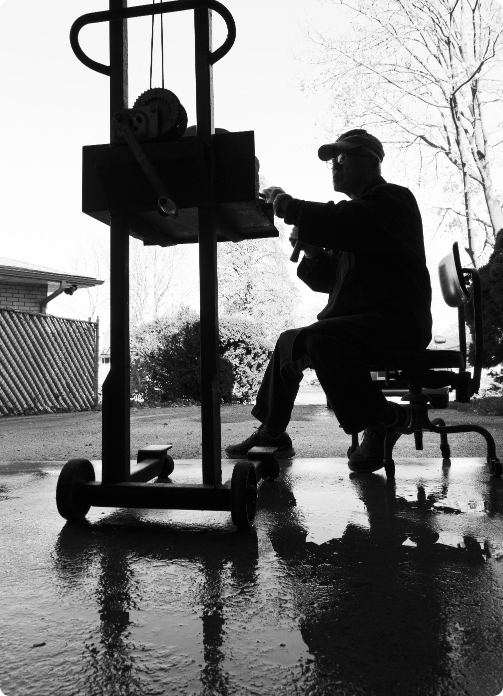Yeon-Tak Chang
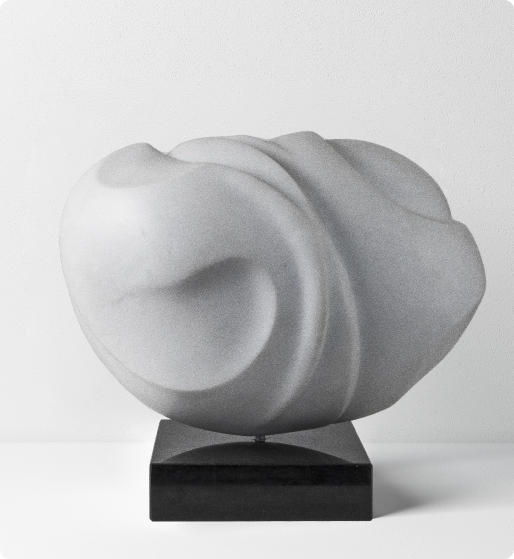
세상, 그 궁금한 곳
한국의 경기도 화성은 나의 고향이다. 지금은 수차례에 걸친 개발로 깔끔한 도시의 모습을 갖추고 있지만 내가 유년기와 청년기를 보낼 때만 해도 여느 깡촌의 모습과 다르지 않았다. 가뜩이나 6.25라는 한국전쟁을 치룬 사람들은 생사가 오가는 난리통에도 살아 숨쉬고 있다는 것으로도 감사한 시절이었다.
하지만 나는 생존에 대한 막연함과 불안함에 떠는 사람들 속에서 ‘이 곳이 아닌 저 먼 곳’을 향해 어딘가로 향하고픈 막연한 동경을 안고 성장해갔다. 이 좁은 화성을 벗어나 서울로 그리고 대한민국을 떠나 미지의 세계로 나아가고자 하던 열망은 세계 지도를 완벽하게 외우는 아이로 만들었다. 지리학에 대한 학문적인 관심이라기보다 더 멀고 더 광활한 세계는 어떤 모습일까 하는 궁금증과 호기심은 “언젠가 저 먼 세상으로 걸어가 보자”하는 열망을 내 마음에 심었다.
아마도 그 때부터 내게는 이탈리아의 탐험가 크리스토퍼 콜럼버스(Columbus Christopher)가 가진 상상과 열정이 본성 깊이 있었던 것 같다. 하지만 그 당시에 해외를 나가 자기의 꿈을 펼친다는 것은 현재 우주여행을 가는 것처럼 상상 속의 것이었다 그러니 막연한 동경은 꿈으로 남겨두고 현실에 안주하며 지리학을 가르치는 선생님이 되자는 미래의 목표만 세웠다. 가뜩이나 어머니와 누나, 어린 나를 두고 일찍이 하늘나라로 간 아버지를 대신할 장남이기도 했으니 말이다.
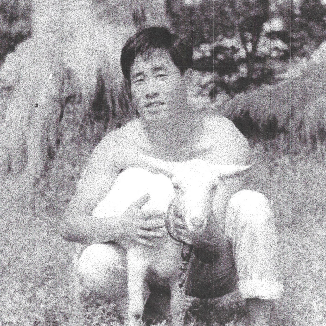
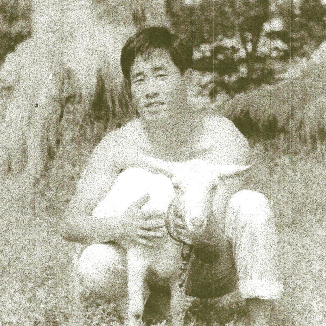
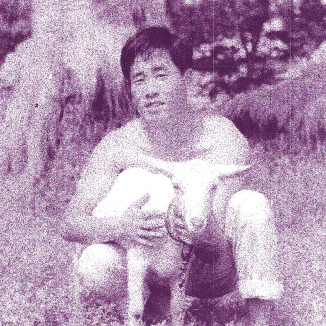
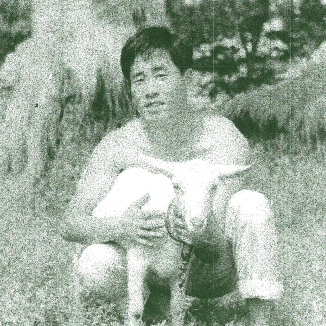
의자가 내게 알려준 길
중학교 미술 수업시간, 교탁에는 의자가 덩그라니 놓여 있었다. 같은 반 친구들은 그 익숙한 물체에 초집중하며 그 실체를 스케치북에 그리는 일에 몰두했다. 나도 여느 친구들처럼 의자를 묘사했다. 아무것도 없는 무색의 스케치북에 저 앞에 놓인 의자가 내 손 끝에서 그대로 옮겨지고 있었다. 그때 부터 였을까. 물리적인 움직임이 없이도 사물이 공간을 이동해 전혀 다른 스케치북에 옮겨진다는 것을 안 것이. 이는 마치 무에서 유를 창조한다는 것이고 공간이동을 쉽게 할 수 있다는 것을 알려준 순간이었다.
“이런 것이 창작인가?”
묘한 발견에 설레고 있을 때, 선생님은 내 그림에 감탄했다. 대단한 묘사력이고 구성력이라고 아낌없는 칭찬을 해주었다. 나조차도 전혀 인식하지 못했는데 선생님을 통해 나는 내가 아주 섬세하고 디테일하며 구성력이 좋은 재능을 갖고 있구나 알게 된 순간이었다. 물론, 그 당시에는 아티스트가 되어야 겠다, 조각가가 되어야겠다는 생각은 전혀 없었다. 그 쪽의 세계는 어떤 것인지 알 수도 없고 그게 무엇을 하는 것인지 깨닫지도 못했다.

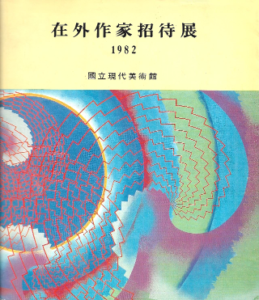

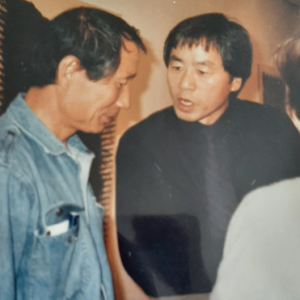
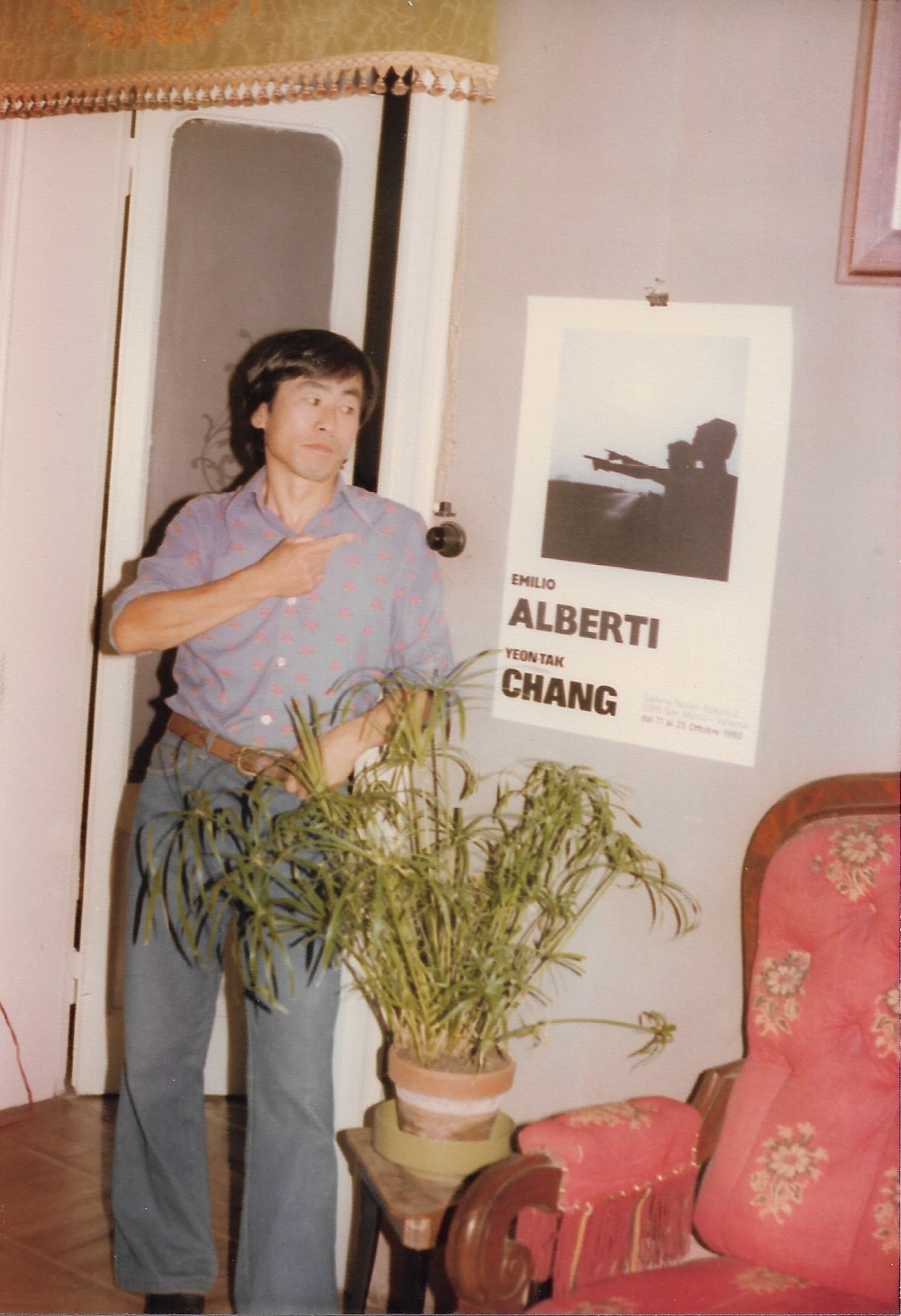

살면서 만나는 기적, 소울메이트
우리가 살아가며 만나는 기적은 진정한 인연을 만났을 때다. 휘문고교 재학 당시 사범대학을 목표로 공부에 매진하고 있었다. 당시 고등학교 미술반 선생님으로 고 권영우 선생님이 계셨지만 늘 존경하고 그 분의 성품이 내게 큰 영향을 미쳤음에도 나는 미술에 대한 관심이 별로 없었다. 서클 활동도 밴드부를 선택해서 트롬본을 연주했지만 미술이라는 운명적 만남이 갖기 전이었다. 단지, 미술시간에 만지는 흙을 이용한 조소에 재미를 느꼈지만 나를 아티스트로 유혹하는데는 미약한 것이었다.
그런데 우연한 계기를 통해 첫 만남부터 소울메이트라고 느껴질만큼 전율을 선사한 친구가 내 앞에 나타났다. 내 인생을 통틀어 ‘이런 친구를 만난 건 정말 행운이었다!’라고 말할 만큼.
내 인생길에 나의 나침판이 되어주고 나에게 용기를 주고 내 재능과 내 역량을 단번에 찾아준 나의 친구, 강광식.
강광식 그 친구는 서울예술고등학교 3학년으로 서영화를 공부하며 미대를 준비하고 있었다.
고등학교 3학년 대학 입시를 앞둔 그 때 그와의 만남은 나를 예술 세계에 눈을 뜨게했고 미술이라는 광활한 세계에 첫 발을 딛게 했다.
“미술대학을 가면 어때?”
그 한마디가 내 인생의 나침판이 될 줄은 몰랐다.
“내가 무슨 미술을 해? 단 한 번도 생각해본 적이 없는데.”
“너니까 해야 하는 거야. 이건 운명 같은 거야. 넌 지금부터 해도 충분히 해낼 수 있어. 나 믿고 한번만 도전해봐. 네 손재주라면 충분히 서울대 합격할 수 있어.”
친구의 뜬금없는 제안과 달콤한 칭찬과 지지는 나를 흥분하게 만들었다. 그리고 나도 모르게 유전적으로 닮아버린 아버지의 섬세한 손재주를 믿고 나는 과감하게 내 꿈을 바꿨다. 그 선택의 결과는 아쉽게도 첫 입시에서 불합격이라는 결론을 내고 말았다. 그렇게 나는 재수를 선택하며 미술대학을 향해 공부했고 동년배보다 1년이 늦게 서울대학교 조소과에 합격을 했다.
지금와서 생각해도 너무 재미있는 일이었다. 정말 우연하게 알게 된 친구를 통해 성인 될 때까지 단 한 번도 생각해보지 않은 길에 들어서다니. 가뜩이나 타고난 재능과 뼈 속 깊이 예술가 정신이 있는 자만이 갈 수 있는 아티스트의 길에 발이 드릴 줄 몰랐다.
‘친구 따라 강남간다’는 그 당시 유행처럼 나는 내 평생의 길을 찾게 되었다.
가끔 생각해본다. 정말 나는 이 친구를 만나지 않았다면 조각가로 한 평생을 살 수 있었을까?
이 친구의 추천과 조언이 없었다면 나는 정말 무엇이 되어 있었을까 말이다. 그러나 나는 지금 행복하다. 작업하는 순간이 행복하고 내가 조각가로 살아온 삶이 행복하다. 날 때부터 가진 천재적 재능과 누구나 알아보는 실력은 없었지만 내 안에 있는 나의 소질과 잠재력을 찾아준 그 친구에게 감사를 전한다.
“자네는 내 영원한 소울메이트며 내 삶의 길을 여는 등대였다네. 단 한 번도 나를 왜 이 길로 이끌었냐고 원망한 적이 없었네. 힘들고 지치고 절망해도 나는 정말 내 길 위에서 즐거운 여행을 했다네.”
작품을 하며 돈 걱정도 했고 세 아이를 낳아 기르며 두렵기도 했었다. 여느 아버지처럼 돈을 잘벌고 출세를 하고 내 삶을 즐길 여유없이 늘 작업실에 쳐박혀 고민했고 작업했고 혼자 울기도 했지만 작업의 과정은 꽃밭이었다. 핀 꽃도 지는 꽃도 있었고 누구나 아는 꽃도 이름 모를 꽃도 핀 길에서 내가 지치지 않고 걸을 수 있었던 것은 역시 돌을 다듬을 수 있는 열정이었다.
혜화동의 봄
혜화동은 아름다웠다. 봄이 오면 들떴고, 여름이 오면 불탔고, 가을이 오면 진지했고, 겨울이 오면 따듯하려 했다. 대학의 낭만은 그렇게 사계절을 넘어가며 무르익었고 젊은 미술인들의 삶과 사랑, 고뇌라는 철학적 깊이를 쌓아가며 우리는 자신들의 예술 세계를 굳혀나갔다. 나는 대학에 들어가서 여느 학생들처럼 말술도 마시고 청춘답게 즐길 때도 있었지만 김세중 교수님 밑에서 어시스트 역할을 충실히 했다.
워낙 교수님께서 큰 작업들을 많이 하셨기에 일손은 늘 부족했다. 그래서 집중하면 완전히 몰두하는 내 성격을 아시고 많은 작업들에 참여하도록 내게도 기회를 주셨다.
제 2 한강교 UN 자유수호 기념탑 모형, 공화당의 황소 등 역사에 남을 작품을 보조하고 나는 실력을 키워나갔다.
그 당시에 베트남에서 월남 전쟁이 발발했고 한국 전쟁을 겪은 우리는 동요되었고 많은 젊은이들이 전쟁에 참가했다. 나는 그 때 월남 전쟁에 나간 청룡부대의 청룡 모형 제작을 하게 돼었다.
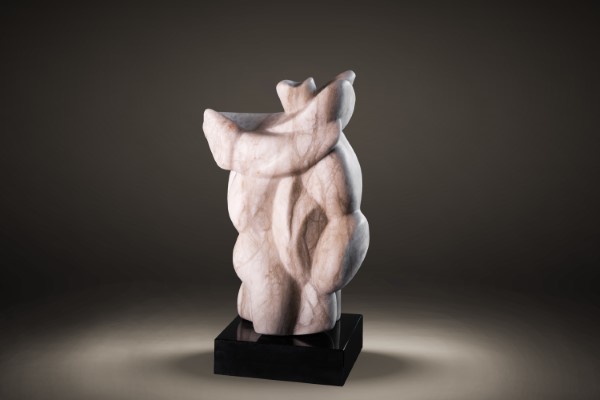
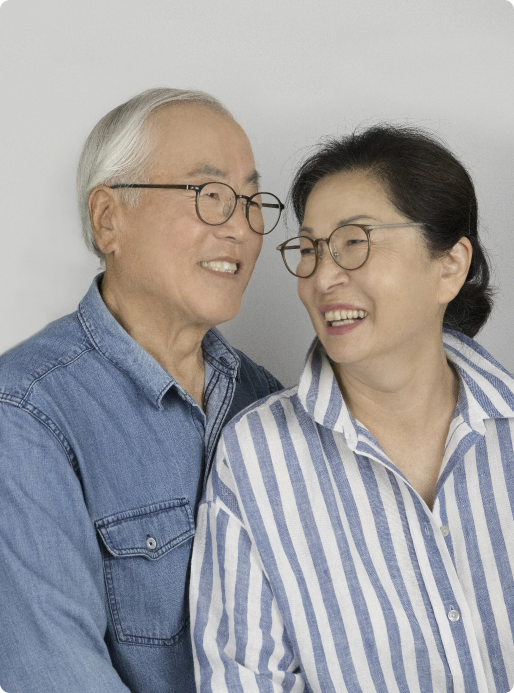
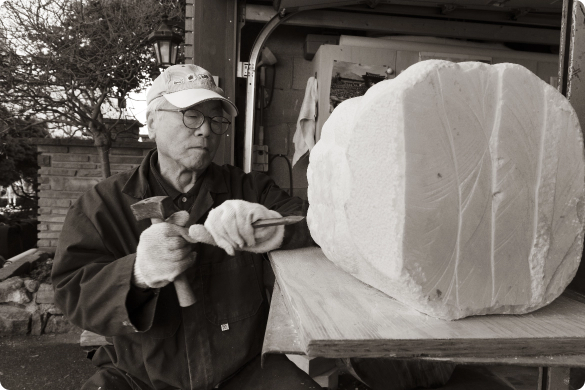

여신강림, 너는 내 운명
대학동창인 조재구와는 같은 조소과에 다니며 친분이 두터웠다. 서로의 작품과 작가로서 살아갈 삶의 지향점이 같았다고 할까. 그런 그와 친하게 지내다보니 김포 고촌에 있는 그의 집에 방문할 기회가 생겼다. 아무래도 내 고향의 모습과 그 곳이 비슷하다보니 집도 정감이 가고 따듯하게 나를 반기는 그 친구의 가족도 혼자 서울에서 유학하는 내게 안정감과 편안함을 주었다.
지금와서 생각해보면 나는 내 친구의 여동생을 보는 순간부터 내 평생의 반려자임을 직관적으로 알았던 것 같다. 저 여인이라면 기껏이 내가 가자고 하는 길에 손을 잡아줄 것 같았고 내가 하는 작업을 묵묵하게 바라볼 것 같았다. 그런 나의 예감은 맞았다. 지난 50 여 년을 한국을 떠나 캐나다로 그리고 이탈리아로 타지를 다니며 조각가의 아내로 살아온 사람.
온갖 굳은 일도 마다하지 않았고 아무리 힘이 들어도 내가 하는 작업을 존중해준 나의 유일한 단짝. 내조는 물론 외조까지도 완벽해게 해줬던 사람이다. 알레르기와 온갖 스트레스로 멕시코로 떠날 때도 이탈리아로 공부하러 갈 때도 아내의 지지가 없었다면 난 그런 귀한 경험들을 하지 못했을 것이다.
아마도 나에게 “조재숙”이라는 긍정 마인드의 야무찬 여인이 없었다면 나는 이토록 내 작업에 몰두할 수 없었을 것이다. 부부라는 인연으로 맺어져서 수많은 파도를 넘고 산의 오르막과 내리막에서도 나의 손을 놓지 않고 나를 끌어준 아내에게 ‘당신이 있어 이번 생은 완벽한 성공이다’ 말하고 싶다.
